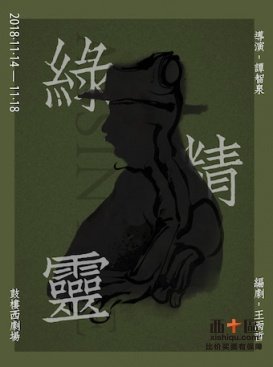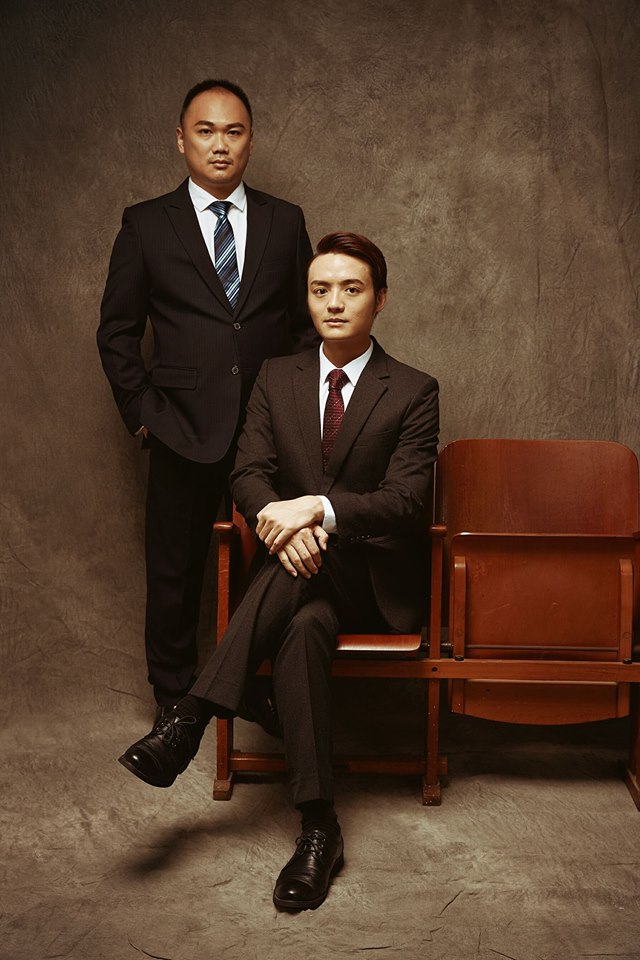Theatre director, art director of the Macao Experimental Theatre, has been living and working in Shanghai and Berlin. Representative works from these years are Mr. Shi and His Lover and Lungs.
With the end of December’s winter solstice and Christmas, the hurried year of 2018 is over. I have just finished a full month of rehearsals and performances in Taipei. The show will be performed in Macao in early 2019.


Looking back at my 2018 schedule of creative works, most of them are carried out simultaneously in other places and Macao, but it cannot be separated from the allocation of local talents, hardware and resources. If I share my experience of participating in theatre production in 2018 from the perspective of art administration, the focus will be on the multiple international co-productions that took place in 2018.
The so-called international co-production performance means a performance planned and produced jointly by many countries or regions. Since they are co-creators and producers from different places, it usually takes more time to plan than to perform. For example, the stage play Green Elves co-produced by Beijing group and me took about two and a half years to prepare. The main work of this stage includes collecting funds, determining the contents of the performance, selecting the stage location, producing related cultural products (e.g. scripts), forming core creative team, etc.
Among them, determining the contents of the performance and selecting the stage location are the most need to spend time planning. Determining the contents of the performance is not only as simple as choosing a script or theme, but also discussing what form to present and which aspects of the artistic characteristics of the team to present to the audience. These contents often become the key to the success of the co-production. Selecting the stage location is more of a strategic consideration, depending on the positioning of the production. There is a big difference between a work that aims to perform in an arts festival and a work that aims to dominate the box office in a major market. Taking the Green Elves as an example, it is positioned as a play with philosophical and scientific nature. The starting point of producing this play is to be invited to participate in the Wuzhen Theatre Festival in China. Therefore, critic and audience’s feedback is a crucial part of the premiere stage and the audiences are not the general public, but those who prefer alternative themes and artistry to entertainment. Finally, among Beijing, Wuzhen and Shanghai, the group has chosen Beijing as the city for the premiere, because Beijing has a lot of art spaces in the village, as well as alternative and diversified cultural and creative parks. There are also a lot of critics and art lovers living there, so that the Green Elves in Beijing can get higher attention to provide a guarantee for the premiere.
With regard to collecting funds, it can be the most complex but also the simplest part. No matter whether a production is co-produced or not, it cannot be separated from the capital input. And the most interesting process of creating a co-production is the experience of seeking investment from various parties. From the initial plan, to the delivery of the performance video, organisation of the performance specifications and the personal negotiations with the investors, these parts are the tests for producer, executive team and troupe leader. Taking Mr. Shi and His Lover when I performed at the Canada’s National Arts Centre early last year as an example, after this work was performed in the SummerWorks Performance Festival in Toronto in August 2016, the project leader immediately contacted the investor of the Canadian theatre. And after one year, the production cost and the contract rules were determined, and finally it was staged in Canada in January 2018.
As mentioned in the beginning of this article, the co-productions of local theatre and foreign countries are inseparable from the allocation of local talents, hardware and resources. Two of the above-mentioned works, the main production funds came from foreign investors, in which local group can act as main creator and core production member to coordinate the production and in charge of the main artistic creation, including directing, writing, designing, performing and etc. At the same time, in Macao, they looked for the rehearsal venues, made scenes and costumes, and applied for the local cultural funds to subsidise the travel expenses for overseas performances. Therefore, more local talents can have opportunities to go abroad to participate in regional exchanges and co-produced performances, thus helping to form an image of cultural Macao.